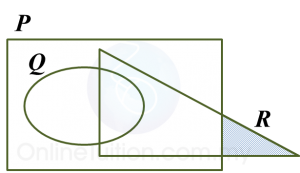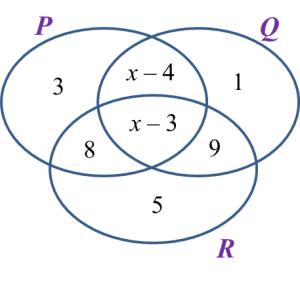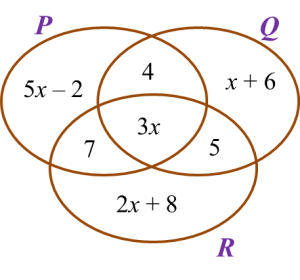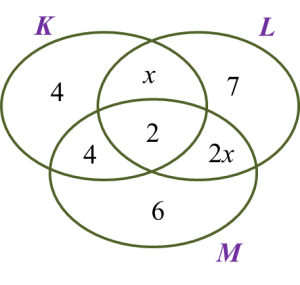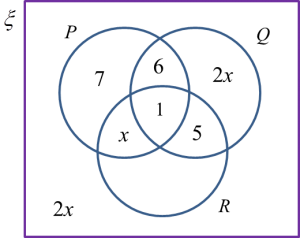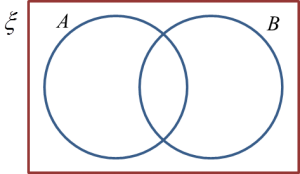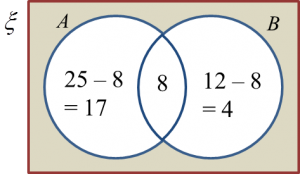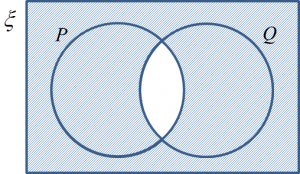Example 3:
Determine whether each of the following statements is true or false.
(a) 3 × (-4) = -12 and 13 + 6 = 19
(b) 100 × 0.7 = 70 and 12 + (-30) = 18
Solution:
When two statements are combined using ‘and’, a true compound statement is obtained only if both statements are true.
If one or both statements are false, then the compound statement is false.
(a) Both the statements ‘3 × (-4) = -12’ and ‘13 + 6 = 19’ are true. Therefore, the statement ‘3 × (-4) = -12 and 13 + 6 = 19’ is true.
(b) The statement ‘12 + (-30) = 18’ is false. Therefore, the statement ‘100 × 0.7 = 70 and 12 + (-30) = 18’ is false.
Example 4:
Determine whether each of the following statements is true or false.
(a) m + m = m2 or p × p × p = p-3
(b) 3√64=−4 or 3√−27=−3
(b) 3√64=−4 or 3√−27=−3
Solution:
When two statements are combined using ‘or’, a false compound statement is obtained only if both statements are false.
If one or both statements are true, then the compound statement is true.(a) Both the statements ‘m+ m = m2’ and ‘p × p × p= p-3’ are false. Therefore the statement m + m = m2 or p × p × p = p-3 is false.
(b) The statement
is true. Therefore, the statement
is true.







